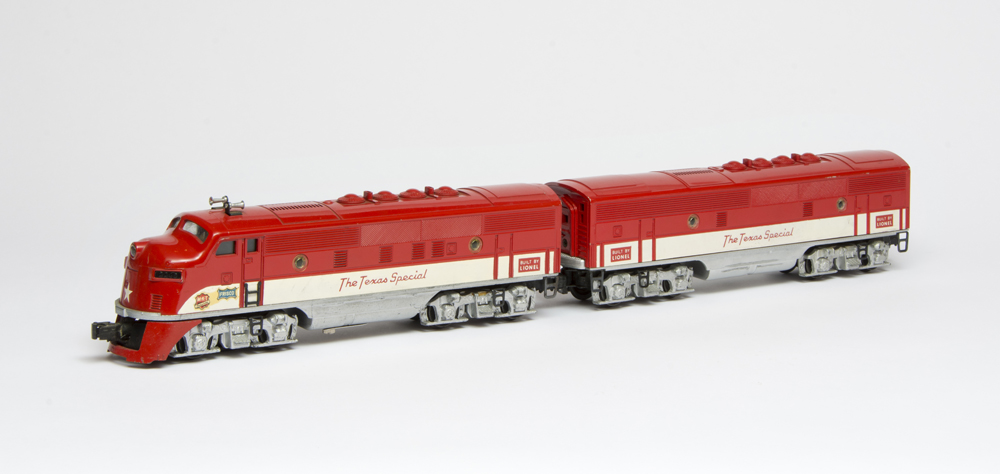
Joe Algozzini, perhaps the preeminent expert on Lionel trains and accessories manufactured during the post-World War II era (1945-69) has been contributing deeply researched and thoughtfully written articles to Classic Toy Trains since its second issue hit newsstands in the spring of 1988. To be honest, Joe was laying the groundwork for what became the […]
Read More…
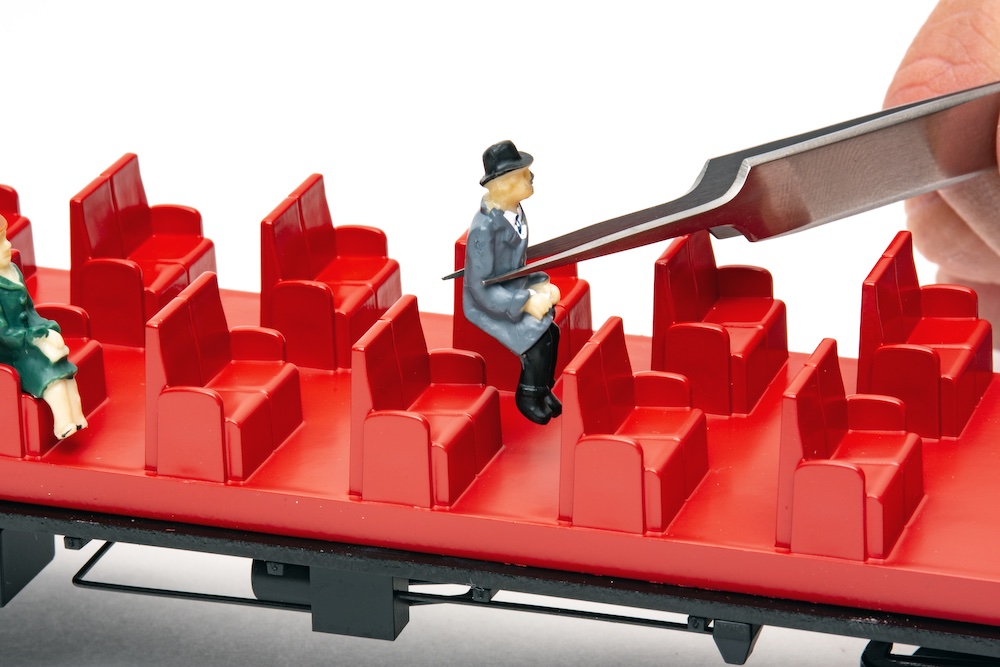
Lionel Trains’ 21″ passenger cars have been a staple in the manufacturer’s lineup of O-scale, 3-rail products for some time. A common censure though has been the lack of previously installed passengers upon purchase, leaving empty seats that need to be filled. From disassembly to reassembly, this project is easier to accomplish than I initially […]
Read More…
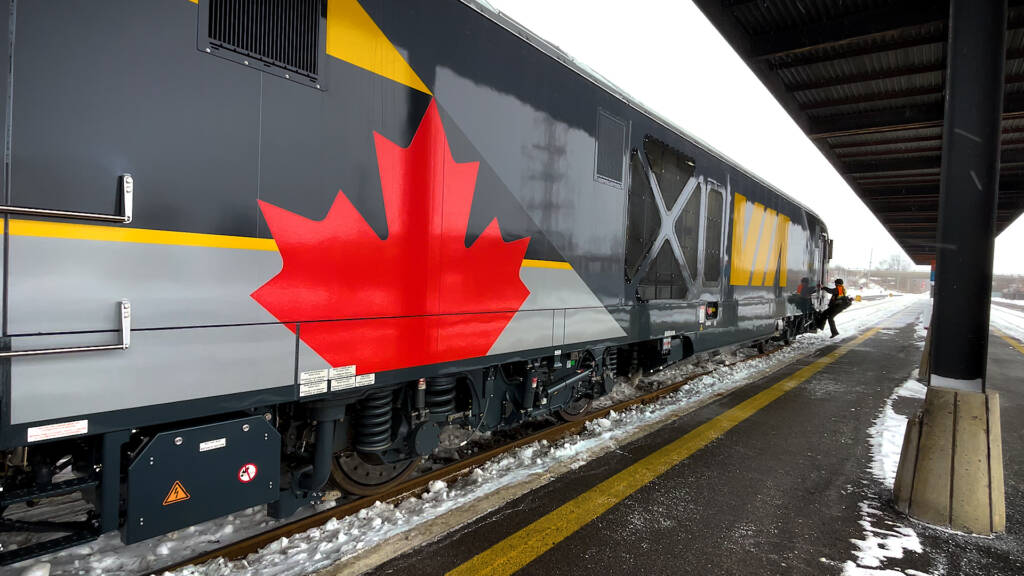
From Ottawa, Ontario (OTTW), to Montréal, Québec (MTRL), join Trains.com staffer/frequent rail voyager Kent Johnson for a quick overview of VIA Rail Canada’s all-new Siemens Venture trainset (5-car)! Amidst Business Class amenities from station to station, you’ll get to see the perks of being aboard the quickest and cushiest train on VIA Rail Canada’s Corridor […]
Read More…
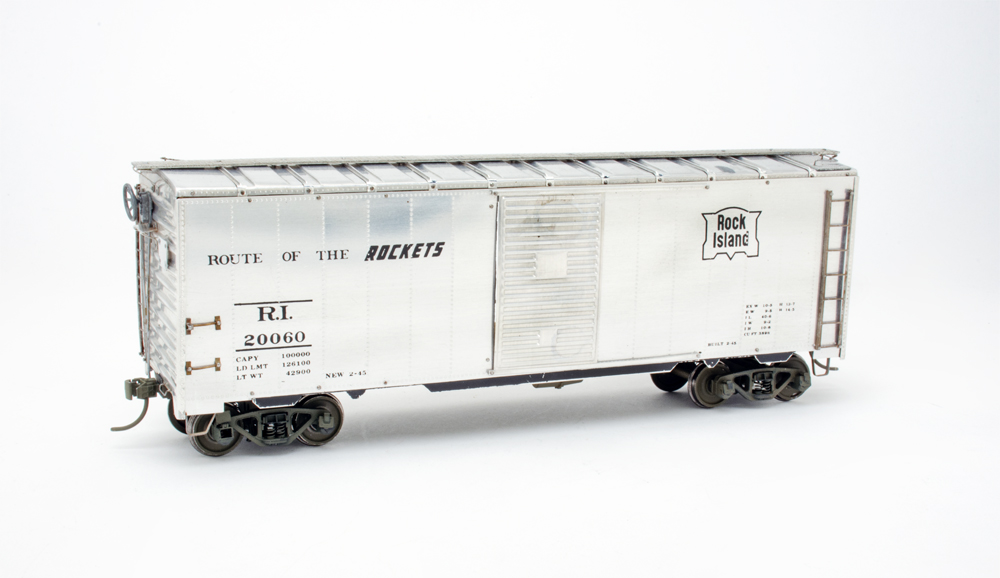
Lionel brought out its first No. 6464 near-scale boxcars in 1953. The models it developed were strongly influenced by what Athearn, a manufacturer of O scale trains, had already been doing, especially with a Rock Island prototype. Little wonder that toy train enthusiasts of every age praised the four new 6464 boxcars. Experienced O gauge […]
Read More…
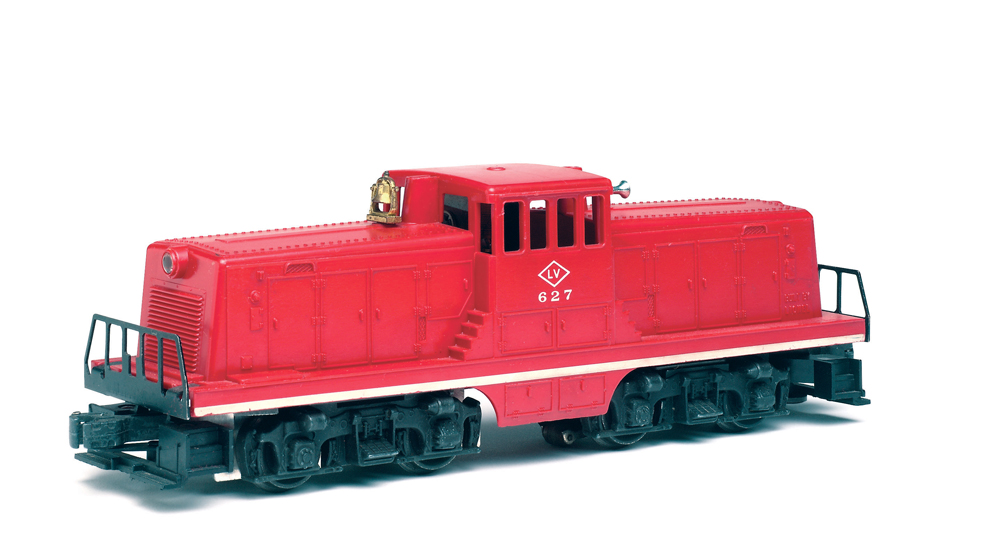
Lionel’s postwar 44-ton diesels may be the most overlooked O gauge locomotives of the era. Collectors focus, instead, on the firm’s models of F3 cab units by the Electro-Motive Division of General Motors and the Train Master road diesels made by Fairbanks-Morse. Operators also like those powerful diesels as well as the big and small […]
Read More…

Amtrak Pacific Surfliner Join Trains.com staffers Kent Johnson and Ben Lake, for a narrated ride aboard Amtrak’s Pacific Surfliner! From Downtown San Diego (SAN) to Burbank-Downtown Station (BBK), you’ll follow Ben on his early morning roll-out in Unreserved Coach Class. And then, tag along with Kent as he continues from the L.A. metro area, amidst […]
Read More…

Intermodal equipment If you’re trackside, odds are you’re going to see an intermodal train. Intermodal made up 49% of the 34 million units of freight carried by U.S. railroads last year, more than four times higher than coal, the next largest commodity. Odds are that intermodal train will mostly have railcars owned by TTX, a […]
Read More…

Lionel Catalog Volume 1 for 2024 is filled with plenty of treasures. What’s there? How about fantastic locomotives loaded with tons of special effects and realistic details as well as lots of superb pieces of scale rolling stock and entertaining operating cars of all sorts? And plenty of spectacular and enjoyable train sets for modelers […]
Read More…

Five forgotten locomotives no one wanted: Producing a locomotive is a massive endeavor. From design to testing to production, each model is the summation of thousands of hours of labor from dedicated engineers, builders, and everyone in between. However, in spite of the scale of this undertaking, sometimes it just doesn’t work out. Maybe the […]
Read More…

Backdrops are an important part of any model railroad. Whether you use drywall, tempered hardboard, or some other material, backdrops help operators and visitors focus on the layout and not other distractions in the room. If you’re looking for something beyond basic sky blue, and painting isn’t your game, then this backdrop round-up is for […]
Read More…
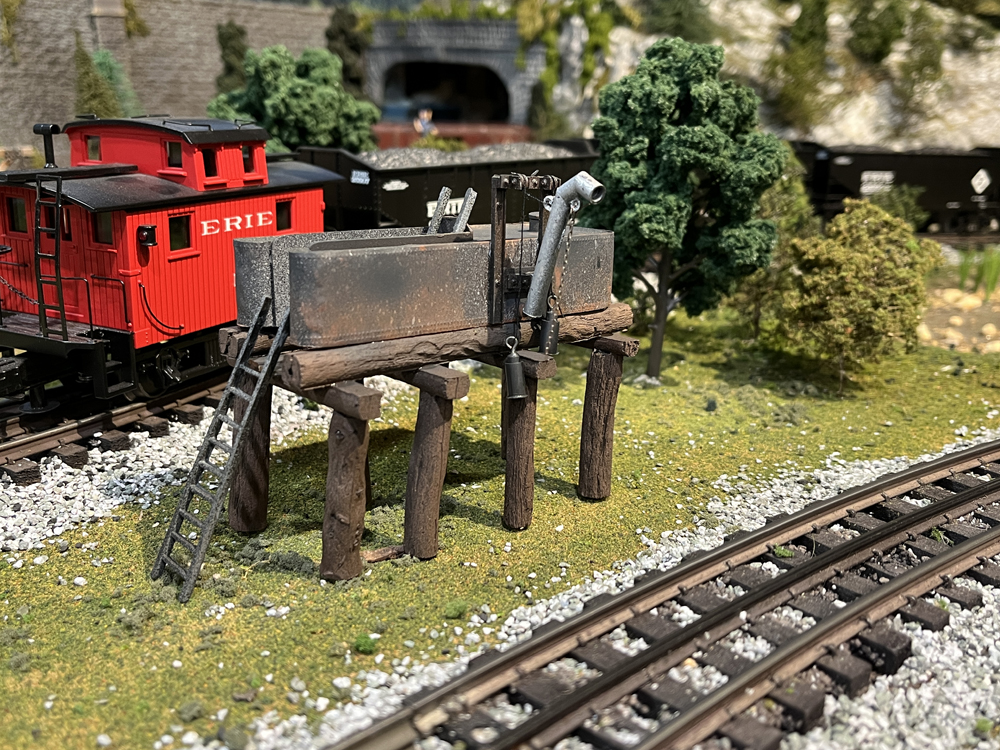
When it comes to detail parts, often we find ourselves sourcing the same buildings, fences, or houses. If you’re not confident in your model building skills developing a unique scene without premade structures can be a challenge. Recently, Mr. Muffin’s Trains (Atlanta, Ind.) has started selling Schomberg Scale Structure kits, formerly sold under the Schomberg […]
Read More…
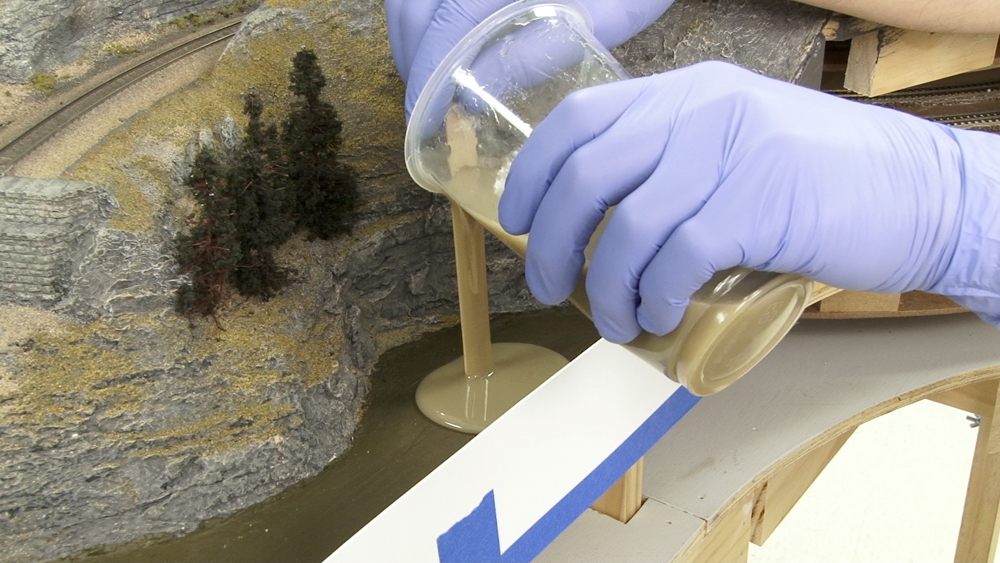
The evolution of model railroad scenery products has been fun to watch. In prior generations, molded-Styrofoam mountains and scenery mats with dyed green sawdust were considered the norm. Today, we’re blessed with a variety of tools and products that make our layouts look more like what we see when we’re standing trackside. In this article, […]
Read More…












